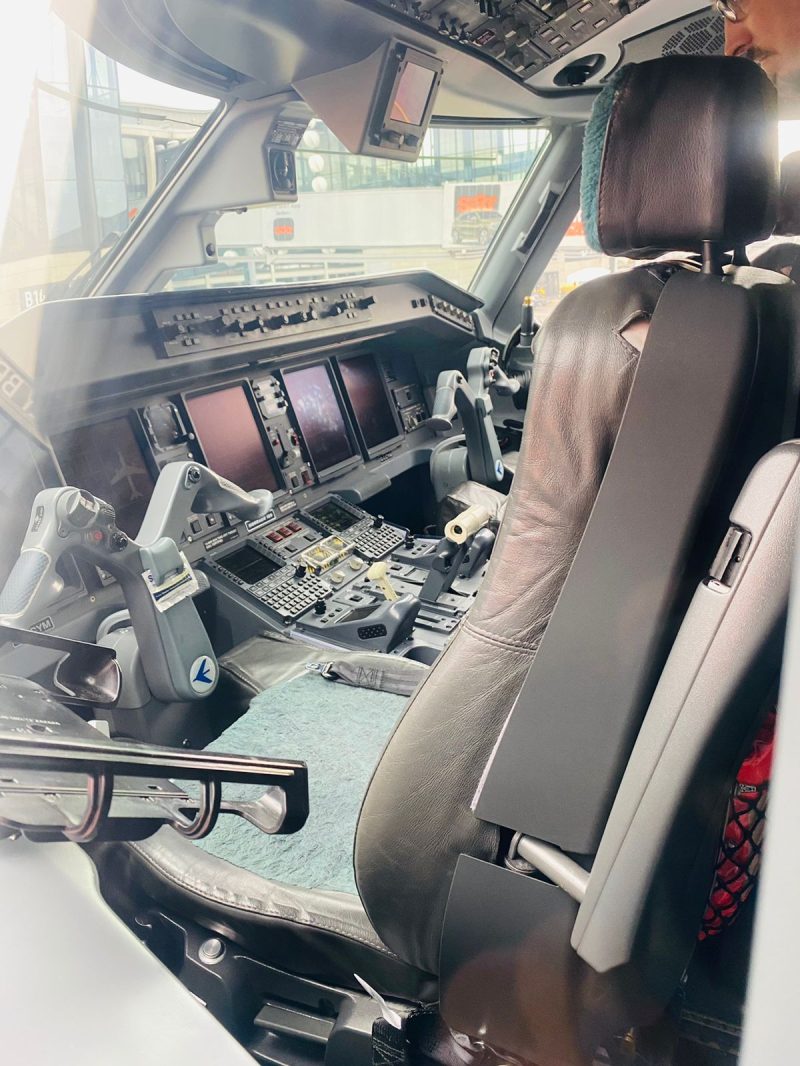For many years, trade unions and pilot associations have repeatedly warned about the risk of fatigued pilots in the cockpit. Because of this, some fatal accidents have happened in the past.
Microsleeping in the cockpit, insufficient rest periods to prevent cumulative fatigue, extending flight duty times beyond the legal maximum: a newly published report does not paint a good picture of fatigue risk management (FRM) in European aviation. The report “A fatigue survey of European Pilots” by aviation safety management consultancy Baines Simmons analyzes the responses of almost 6.900 European pilots from 31 countries. The report not only highlights significant indicators of fatigue ahead of the hectic summer period, but also structural flaws in how European airlines deal with the risk of fatigue.
Three out of four pilots experienced at least one microsleep while operating an aircraft in the last four weeks - and a quarter reported five or more microsleep situations. Additionally, 72,9% of pilots reported that they were unable to adequately recover from fatigue between missions. The report also highlights a worrying trend in flight duty extensions: nearly one in five pilots extended their flight time at Commander's Discretion (CD) two or more times in the last four weeks. Furthermore, more than 60% of the pilots expressed varying degrees of concern about possible negative consequences if they refused to extend a flight service under the CD (Austrian cockpit crews gave slightly more positive answers here).
The Baines-Simmons report comes just two months after the European Aviation Safety Agency (EASA) warned of the risk of increased fatigue among airline crews over the summer and urged airlines to plan for adequate buffers and not rely on pilots to keep theirs systematically extend maximum flight duty time. However, the report's findings point to a different reality. In addition, the results refer to a period before and at the beginning of the peak phase of summer operations (the questionnaire ran from July 1st - 22nd, 2023), i.e. it can be assumed that results in August/September will hardly be better, but rather would be even more negative.
The report also highlights another, more structural dimension that occurs not only during summer operations: one example of how fatigue risk management is not implemented as effectively as it should be is fatigue reporting. Only 10,8% of pilots said their airline has made operational changes to improve safety as a result of fatigue reports, only 13,2% selected the option “The company communicates well with crew about fatigue reports,” and only 12% gave indicate that they trust their airline's reporting system (in Austria 21,8%). As Baines Simmons notes: “Without an effective reporting system, the airline is unlikely to have an accurate picture of operational fatigue, limiting its ability to manage fatigue risk by implementing effective remedial measures.”
The Baines Simmons report is based on data collected as part of a pan-European survey of airline pilots sponsored by the European Court of Auditors between July 1 and 22, 2023. Several questions were based on a four-week “look back” so that the “ramp-up” to the busy summer travel season (i.e., since early June) was captured rather than the peak of flight operations. Participation in the online survey was voluntary, while the questions - developed in collaboration between the European Cockpit Association (ECA) and Baines Simmons - were mandatory. The analysis contained in the report was carried out by Baines Simmons, as well as the preparation of conclusions and recommendations.
The mentioned report is Available for download in PDF format on the Aviation.Direct server at this link.







 trail (for them it's free to use)
trail (for them it's free to use)